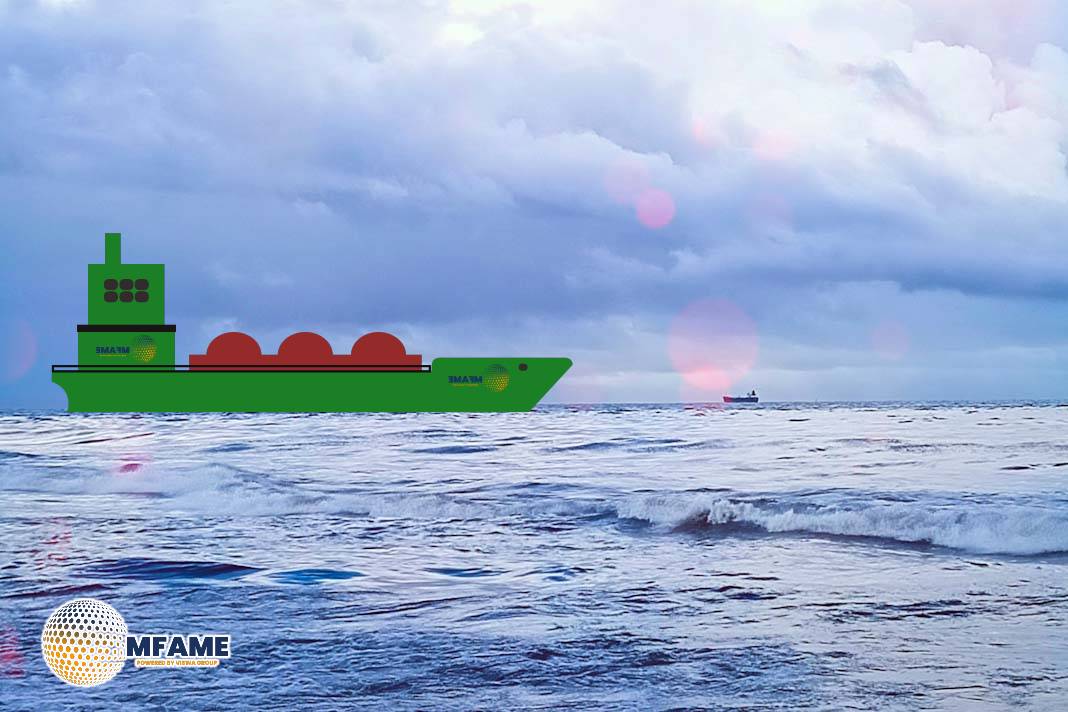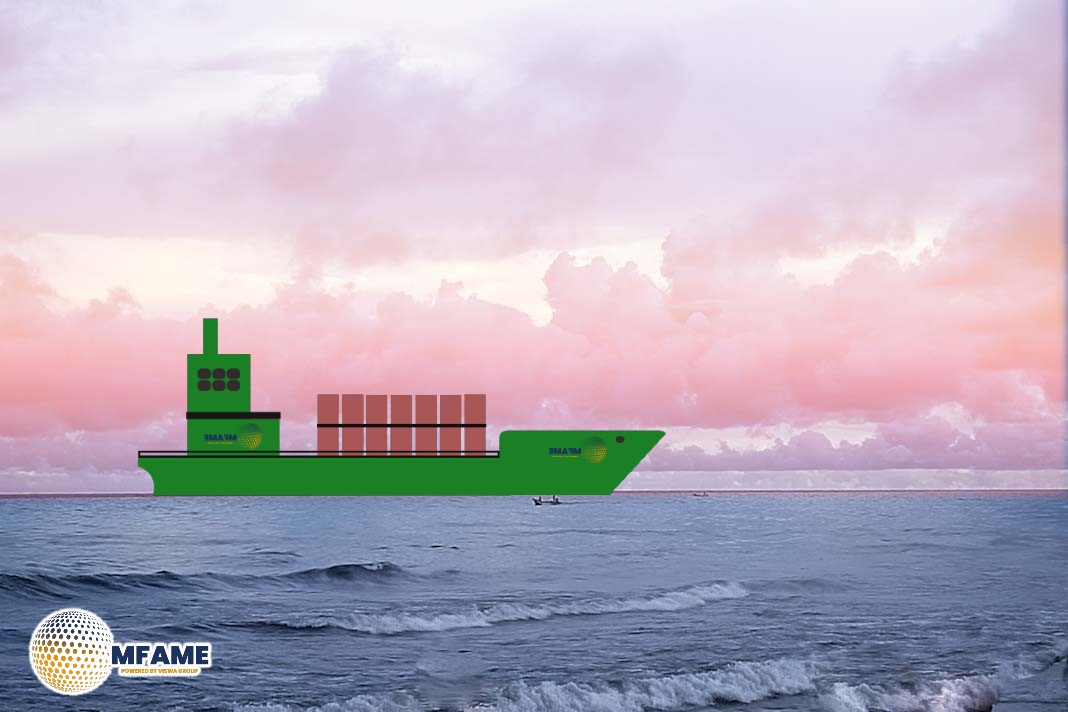- Canadian Oil Exports to Europe Surge Amid U.S. Tariff Pressure.
- Aframax Tankers Benefit as Canadian Crude Shifts to European Markets.
- Mediterranean Tanker Rates Surge as Canadian Oil Disrupts Trade Flows.
With the recent imposition of U.S. tariffs on Canadian crude oil imports, Canadian oil exporters have been diverting their shipments to European markets. Seaborne crude exports from Canada jumped to almost 8 million barrels in March 2025—over double the monthly average in 2024, reports Break Wave Advisors.
Canadian Crude Exports Shift Toward Europe
Tariffs have substantially curbed the competitiveness of Canadian crude in the United States, leading exporters to redirect volumes elsewhere. European refiners, who experienced tight supply stemming from geopolitical tensions and seasonal hikes in demand, have moved to take up redirected volumes. The Netherlands and the United Kingdom covered some 69% of European imports, affirming Northwest Europe’s position as an important receiving location.
Impact on the Tanker Market
This change in trade flows has also had direct implications on the tanker market, especially in the Mediterranean. The TD19 route (80K Cross-Mediterranean) recorded a quick rate recovery from sub-150 WS levels in early March to 200 WS in the recent estimates. This is an increase of more than 48 WS points on a daily basis and 85.39 WS weekly, fueled by adjusting vessel supply as well as elevated cross-Mediterranean activity.
Aframax tankers have been major beneficiaries of this trend, representing 75.8% of reported flows. They are adaptable and well-suited to European port facilities, making them the best vessels for transatlantic shipments from Canada and redistribution around the continent thereafter.
Market Outlook: Q2 2025 Projections
With U.S. tariffs still applied and Europe still needing secure crude sources, this trend is set to continue into the second quarter of 2025. Mediterranean freight rates are set to remain high, especially if Canadian barrels continue to replace volumes out of West Africa or the Middle East.
Aframax Segment
- Mediterranean: Rates surged to WS200, marking a 65% month-on-month increase.
- Baltic: The number of available ships stood at approximately 26, nearly 15 below the peak recorded at the end of Week 45.
VLCC Segment
- MEG–China Route: Rates dropped to WS60, reflecting a 10% weekly decline.
- Ras Tanura Fleet: The vessel count rose to 60—eight more than last week but still 12 below the yearly average.
Suezmax Segment
- West Africa to Europe: Rates held above WS100, reflecting a 20% increase month-on-month.
- Baltic to Mediterranean: Rates remained steady at WS130, up 30% compared to last month.
- West Africa Fleet: The number of ships increased to 46—six more than the previous week but still significantly below the peak recorded at the end of last year.
Panamax and MR Segments
- Panamax (Caribbean to U.S. Gulf): Rates rose to WS145, a 20% increase from the previous month.
- MR1 (Baltic to Continent): Rates held steady at WS210, maintaining last week’s firmness.
- MR2 (Continent to U.S. Atlantic Coast): Rates reached WS190, reflecting a 19% weekly increase.
- MR2 (U.S. Gulf to Continent): Rates climbed to WS130, marking a 20% gain month-on-month.
Aframax Tonne-Days
The final week in March witnessed an upward change in momentum, as Aframax tonne-days increased above the year-to-date average. This represents the first growth increase in Aframax since the start of the year.
VLCC and Suezmax Tonne-Days
- VLCC: Growth still falls, exhibiting a downward adjustment in momentum.
- Suezmax: Growth too has slowed, with a sharp drop in March.
Panamax and MR Tonne-Days
- Panamax: Growth continues to lag below the weekly average, following its downward trend throughout March.
- MR: Although the growth rate of the MR segment has slowed, it is still above the annual average despite recent indications of weakening.
Did you subscribe to our daily Newsletter?
It’s Free Click here to Subscribe!
Source: Break Wave Advisors

















